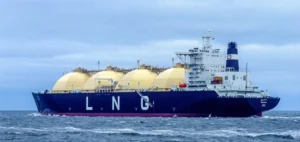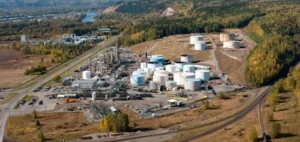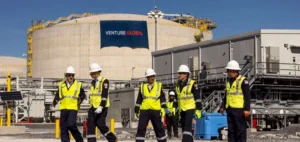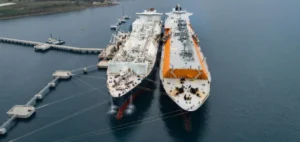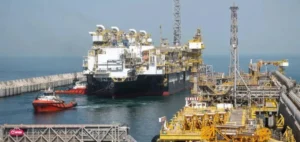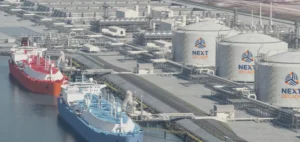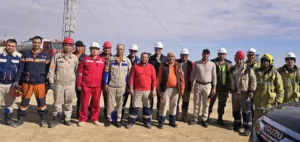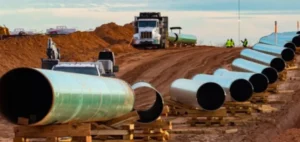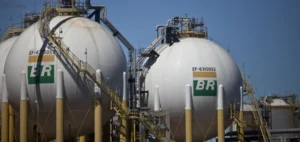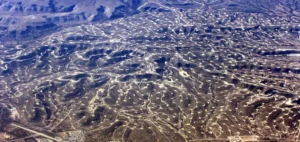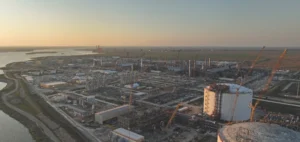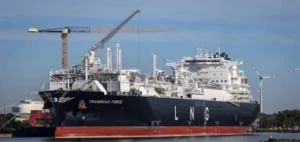Cassia C, BP’s offshore platform, is beginning first gas production in Trinidad and Tobago in the Caribbean Sea.
BP’s Cassia C Project
Cassia C represents BP’s first offshore compression platform in Trinidad and Tobago. It is also its largest offshore facility in the country, of the 16 it has. It connects to the existing Cassia platform, which is located about 35 miles off Trinidad.
This platform will allow BP to access low pressure gas resources in the Greater Cassia area. Production from Cassia C is expected to peak at approximately 200 to 300 million cubic feet of gas per day. In addition, the lower part of the platform, installed in 2020, comes from Trinidad Offshore Fabricators.
Its upper structure comes from Mexico. The start of production at Casssia C follows the recent approval of BP’s Cypre offshore gas development project. In addition, it also follows the gas supply agreement with the national company of Trinidad and Tobago.
A development plan
The Cassia C project is an important step in BP’s development plan for the area. This plan defines the direction and pace of the company’s activities. It aims to develop hydrocarbon resources on its licensed maritime estate in Trinidad and Tobago.
In addition, production from this new facility will enable BP to meet its gas supply commitments. It will also be used to support the LNG industries. The production will also support Trinidad and Tobago’s petrochemical sector.
Ewan Drummond, BP’s vice president of projects, production and operations, sees Cassia C as an excellent example of BP’s resilient hydrocarbon strategy. It will now provide the necessary energy on a global scale. According to him, it will also help the company invest in the energy transition.



